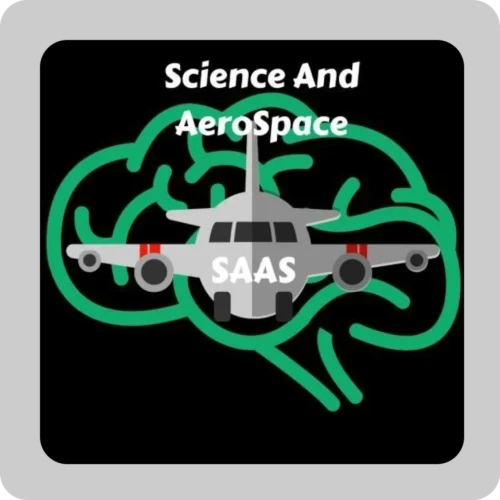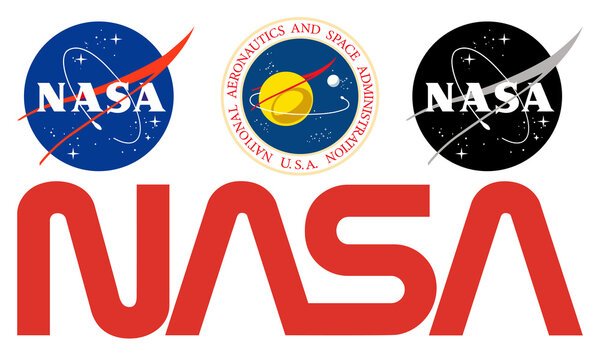NASA’s Commercial LEO Partnerships: Paving the Way for Space Exploration
NASA’s Commercial Low Earth Orbit (LEO) Partnerships are strategic collaborations with private space companies aimed at expanding human activity in space and developing sustainable alternatives to the International Space Station (ISS). As the ISS approaches its retirement, these partnerships are crucial for ensuring continued human presence in low Earth orbit.
How NASA is collaborating with Companies
Axiom Space
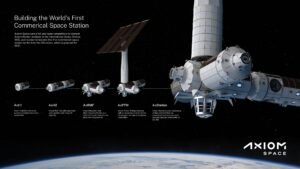
What does Axiom Space do? Axiom is building the Axiom Station, the first privately owned commercial space station. Initially, they plan to attach modules to the ISS, which will eventually separate to become an independent station once the ISS is retired. Axiom offers commercial missions, sending private astronauts to the ISS, and aims to be a space research, manufacturing, and tourism hub.
Starlab
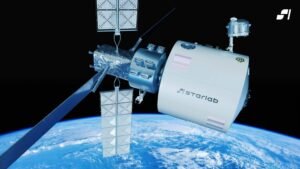
What Starlab Does: Starlab is being designed as a commercial space station focused on hosting research, industrial, and tourist activities in space. It is a cutting-edge space station designed to support revolutionary research and innovation.
Blue Origin (Orbital Reef)
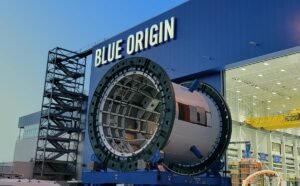
What Blue Origin does: In partnership with Sierra Space, Blue Origin is developing Orbital Reef, a mixed-use commercial space station designed to support a wide variety of users, including research institutions, private companies, and space tourists. They envision the station functioning like an “in-space business park,” with services to help companies and governments conduct research, manufacturing, and even entertainment projects in space.
Lockheed Martin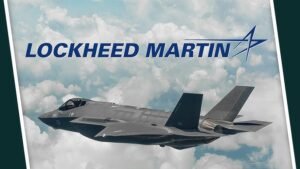
Lockheed Martin is at the forefront of outer space development, working hand in hand with government and commercial customers to create breakthrough technologies that bring us closer to discovering more of space. We’re designing, building, and testing lunar and deep space exploration capabilities, including NASA’s Orion spacecraft, and creating early-warning weather and climate observation satellites, like the GOES-R series.
Lockheed Martin uses cutting-edge technologies to build capabilities that comprise layered defense systems, from missile defense to directed energy and hypersonic capabilities.
Sierra Space
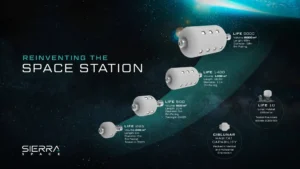
What Sierra Space does: Alongside Blue Origin, Sierra Space is an essential building for Orbital Reef. Sierra provides the Life Habitat module and its Dream Chaser spaceplane for transporting cargo and crew to the station. Sierra also develops various in-space services, such as habitats and transportation systems, to support space tourism, research, and manufacturing.
ThinkOrbital
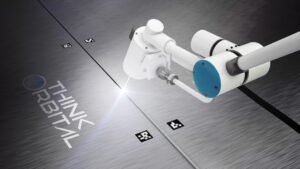
In today’s rapidly evolving world, ThinkOrbital is poised to become a significant influencer in shaping the future of space infrastructure. With ambitious plans to construct large-scale orbital platforms, ThinkOrbital aims to impact various industries, from in-space manufacturing to space tourism, and emerge as a significant catalyst in the burgeoning space economy. ThinkOrbital’s innovative approach could revolutionize our conception of space infrastructure.
Northrop Grumman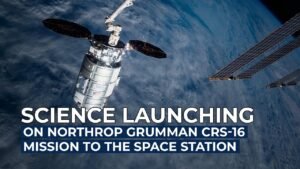
What Northrop Grumman does: Northrop Grumman is creating a modular commercial space station that builds on their experience with Cygnus, a spacecraft currently used for resupplying the ISS. Their station will offer flexible, scalable space infrastructure for government and commercial customers, focusing on scientific research, manufacturing, and in-space habitation.
Boeing
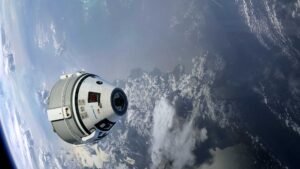
What Boeing does: The company’s legacy of aerospace innovation, combined with its extensive experience in building spacecraft and space infrastructure, positions Boeing as a critical partner in the development and commercialization of LEO. From supporting the International Space Station (ISS) to collaborating on new space stations and satellite systems, Boeing’s role in LEO partnerships is strategic and transformative.
SpaceX
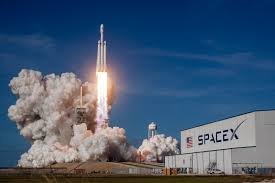
- Commercial Crew Program: SpaceX was one of two companies selected by NASA under the Commercial Crew Program to develop and operate spacecraft capable of transporting astronauts to and from the International Space Station (ISS). The SpaceX Crew Dragon spacecraft has successfully completed numerous missions to the ISS, carrying NASA astronauts and international partners.
- Cargo Resupply Missions: SpaceX’s Dragon spacecraft has been a workhorse for cargo resupply missions to the ISS. These missions deliver essential supplies, equipment, and experiments to the station.
- Starliner Program: While Boeing is the other company selected under the Commercial Crew Program, SpaceX has also been involved in supporting Boeing’s Starliner development. The two companies have collaborated on certain aspects of the program.
- Lunar Exploration: SpaceX is actively working with NASA on the Artemis program, which aims to return humans to the Moon. SpaceX’s Starship spacecraft is being developed as a potential lunar lander for future missions.

What Vast Space does: Vast Space is emerging as a bold innovator with a mission to revolutionize space habitats. The company is focused on creating artificial gravity space stations, a concept that could be a game-changer for long-term human habitation in space. By offering innovative space station designs with the potential for long-duration missions and sustainable living environments, Vast Space is positioned to play a crucial role in the new space economy.
These companies and NASA are working to ensure humanity can have a sustainable presence in Low Earth Orbit for research, industry, and commercial tourism. As the ISS prepares for retirement, these partnerships aim to replace it with commercial stations that can be used by private sectors, governments, and even tourists. Their vision is that space becomes a thriving marketplace where manufacturing, scientific breakthroughs, and entertainment can occur, driving economic growth beyond Earth.
